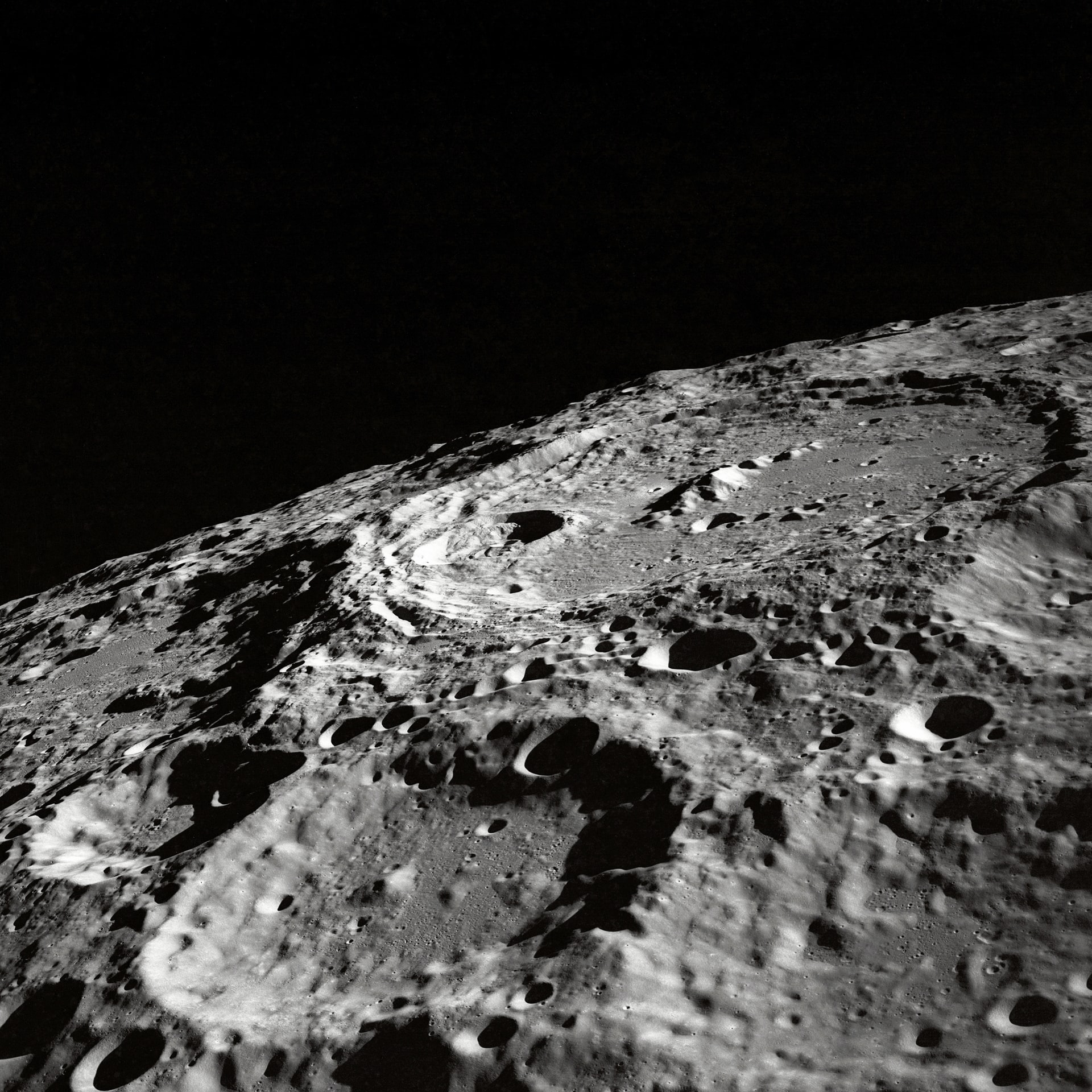A group of researchers from Yale University investigated ways to determine the impact craters of interstellar objects. This research has intrigued the scientific community, since interstellar objects such as the asteroid Oumuamua and comet 2I/Borisov have been discovered in recent years. Actually, these objects are proof that in the history of our planet there have been falls of “guests” from outside the Solar System. Due to their high speed and internal structure, they could form a larger volume of impact melt inside the craters. The scientists presented their research in the article Earth and Planetary Astrophysics.

“Oumuamua and 2I/Borisov were landmark discoveries. At the moment, there is no general theory that would adequately explain every aspect of interstellar objects that have visited the Solar System. The strongest arguments to date point to a totally new type of astronomical objects, besides asteroids and comets, with which we are familiar. Comet 2I/Borisov was also extraordinary because its composition was different from almost every comet in our Solar System. Their structure and composition give us information about the earliest stages of the formation of distant exoplanets,” explained Samuel Kebot, PhD in Astronomy at Yale University.
It was found that a distinctive feature of interstellar objects is their relatively high velocity at the moment of impact on the surface compared to asteroids and comets. To confirm this, the researchers conducted hydrodynamic simulations with projectiles of different masses and with an impact velocity of up to 100 km/s, since it is the limit for collisions in our Solar System. Since craters from such impacts are extremely rare on Earth, and they are extremely difficult to find, our Moon may be the best place to search for them.
“The upcoming Artemis missions could be crucial as they will offer some of the first opportunities to analyze soils and rocks from the Moon since the Apollo program. However, it is extremely difficult to point to a specific crater,” explains Kebot.
Artemis in search of an impact melt
Kebot refers to future NASA Artemis missions, which aim to send the first people to the Moon after Apollo 17 in 1972, as well as landing the first woman and African American on the Moon. Six Apollo missions from 1969 to 1972 returned 382 kilograms of moon rocks, sand, dust, core samples and pebbles from six different landing sites to the moon’s surface. Time will tell how many kilograms of lunar material Artemis astronauts will return to Earth, but they will be invaluable for science. One of the main artifacts will be the search for the impact melt.
Impact melt is the remnants of rocks that instantly melted as a result of a high-speed impact of an asteroid or comet. Pieces of these melts can cool down quickly to form glass, whereas large volumes of impact melt can combine to form so-called crater deposits, which harden over time to form a completely new rock.
Earlier we reported how an interstellar meteorite fell to Earth.
Follow us on Twitter to get the most interesting space news in time
https://twitter.com/ust_magazine

